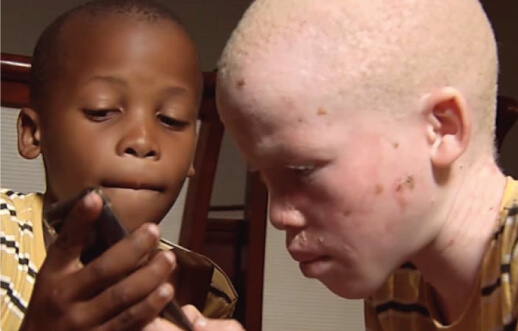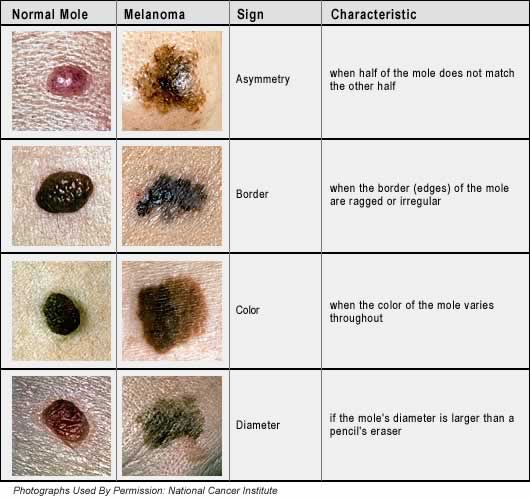 ISO 24444 / ISO 24443
ISO 24444 / ISO 24443 EU COLIPA and SANS 1557 Verified Broadspectrum Sunscreens

The alarming increase in skin cancer cases demonstrates the critical need for effective sun protection. Today, skin cancer incidence equals all other forms of cancer combined. Research has conclusively shown that exposure to UV radiation is a primary cause of skin cancer, with many cases developing from existing moles.
Understanding how to identify suspicious changes in your skin and taking preventive measures can significantly reduce your risk. Early detection remains the key to successful treatment, with 98% of skin cancers being curable when caught early.
Be particularly vigilant about moles that appear after age 25, as these should raise immediate suspicion. Contact your healthcare provider if you notice:
Medical experts have developed the ABCDE method to help you identify potentially cancerous skin lesions. Perform regular skin checks and consult a healthcare professional if you notice any of these warning signs:
If you have any symptoms described above, consult your healthcare provider immediately. Remember: 98% of skin cancers are easily treatable when caught early. Allowing cancer to spread from your skin into your body significantly reduces survival rates.

Sun exposure during the first 20 years of life is a strong determinant for skin cancer risk later in life. Therefore, sun protection throughout childhood and teenage years is crucial for prevention.
Reference: Gallagher RP, Hill GB, Bajdik CD et al. Sunlight exposure, pigmentary factors, and risk of nonmelanocytic skin cancer. I. Basal cell carcinoma. Arch Dermatol 1995; 131: 157-163.

The images above illustrate the visual differences between normal moles and those that show concerning characteristics. Regular self-examination using the ABCDE method and these visual references can help you identify potential issues early.
Since most skin cancers are caused by exposure to UVA and UVB radiation, prevention focuses on minimizing this exposure. While complete avoidance isn't practical for most people, following these guidelines can significantly reduce your risk:
There is overwhelming scientific evidence that the correct use of broad-spectrum sunblock and sunscreens significantly diminishes your chance of developing sun-induced skin cancer. Key points for effective sunscreen use:
All skin cancers have excellent cure rates when detected and treated early. Protect yourself and your loved ones with Kool-a-Sun's range of high-quality, dermatologically tested sun protection products.
View Our Sunscreen Products Learn About UV Radiation
Have questions about sun protection or skin cancer prevention? Contact our skin health specialists: